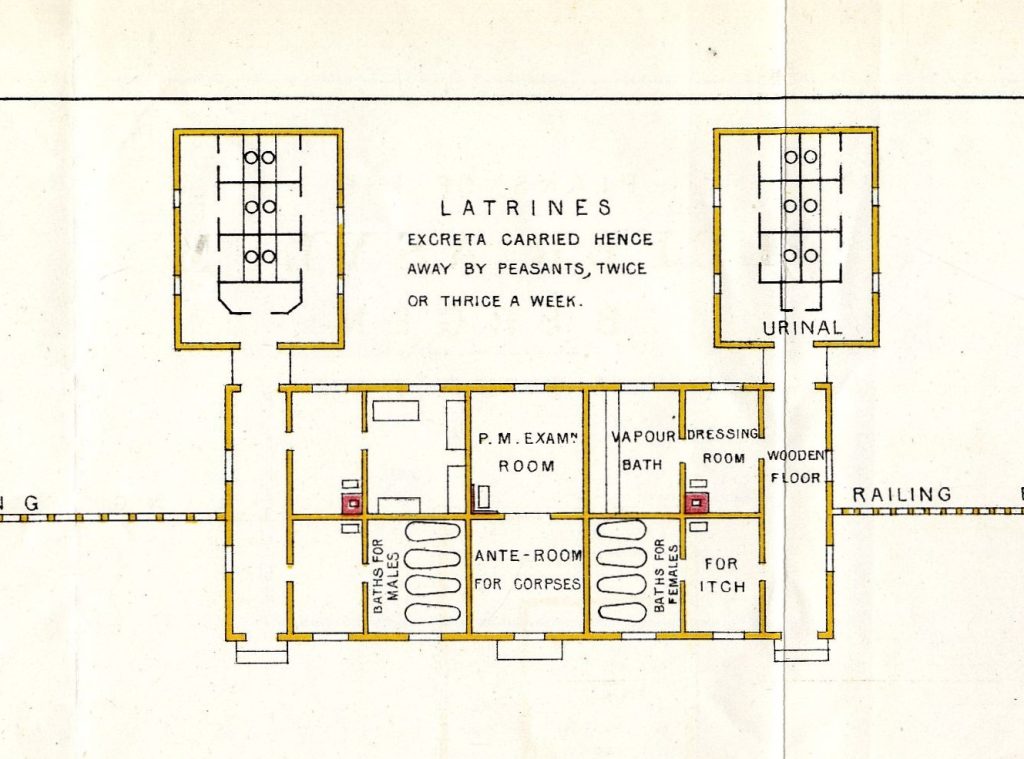Resistance to autopsies
If many of the residents at St. Jørgen’s Hospital were sceptical about trying new treatments, they had even more reservations about autopsies. The physicians wanted to perform autopsies on the deceased to search for pathological changes, but when Danielssen expressed a desire to conduct autopsies at St. Jørgen’s in the 1840s, he was met with shock, fear, and outrage. According to an anecdote, Danielssen was even threatened with a knife to put an end the autopsies.
The strong animosity likely stemmed from both emotion and religion. Danielssen writes in an annual report from 1841 that one of the residents ‘made an earnest plea in the moment of his death not to be autopsied’. At other times, it was family members who opposed autopsy. In 1843, Danielssen described that there was a greater ‘disinclination among the sick to be dissected after death’. In 1843, only 9 out of 16 of the deceased were autopsied, compared to 13 out of 16 in 1841. In the annual report of 1843, this eye-opening comment was added: ‘During autopsies, there is always a patient with leprosy present, in accordance with the request of the residents’. Perhaps the residents wanted to ensure that the dead were treated with respect?
A dedicated room for autopsies was established at St. Jørgen’s Hospital in 1841, and such a room was also eventually added to Pleiestiftelsen Hospital. The latter was established in 1868, during the renovation of the mortuary in the rear building. Both Armauer Hansen and his predecessor P. Jürgensen describe the autopsies provoking strong reactions. The annual report of 1865 states that the activity had caused ‘loud displeasure and enormous resistance’ from the residents. The resistance to autopsies did not disappear quickly either. A former nursing student at Pleiestiftelsen in the 1930s remembers the patients’ angry and negative reactions.

Johan Ludvig Losting. Atlas Colorié de Spedalskhed. 1847. The University of Bergen Library.

Drawing of the rear building of Pleiestiftelsen with P.M. EXAM ROOM – postmortem examination room
From Henry Vandyke Carter: Report on Leprosy and Leper-asylums in Norway; with references to India (1874).



